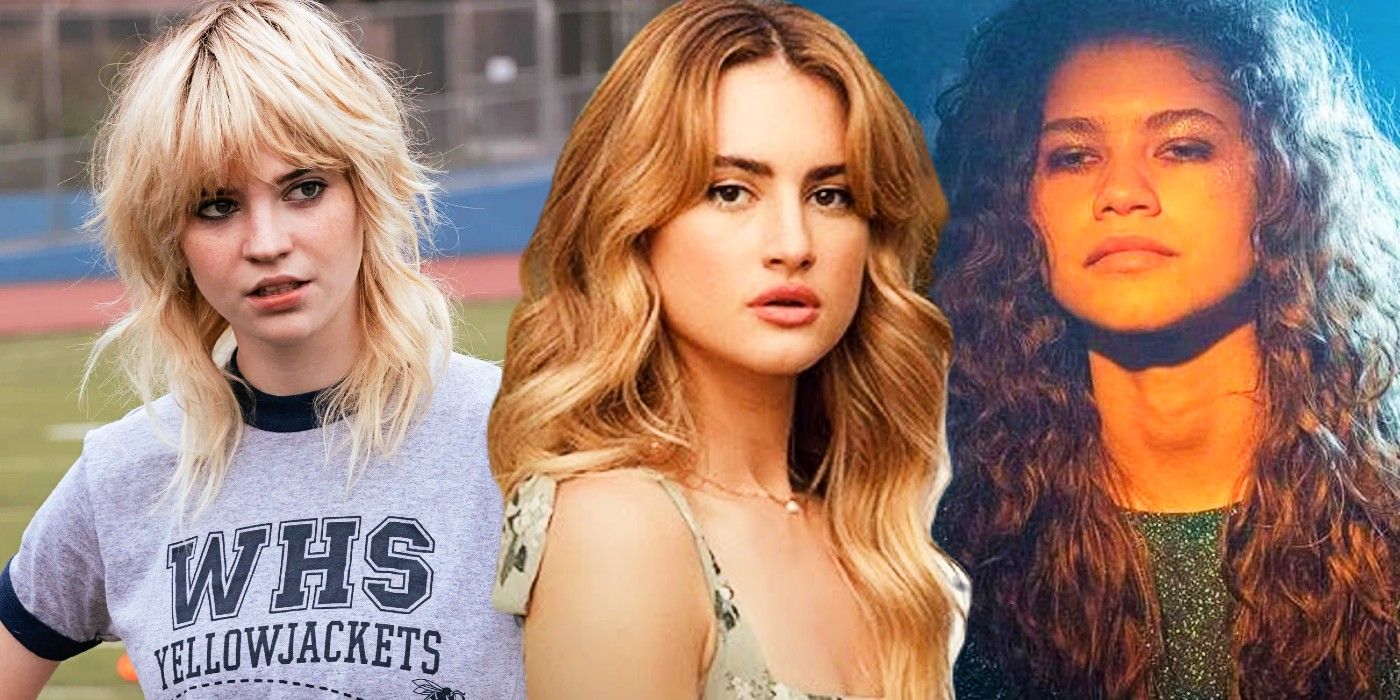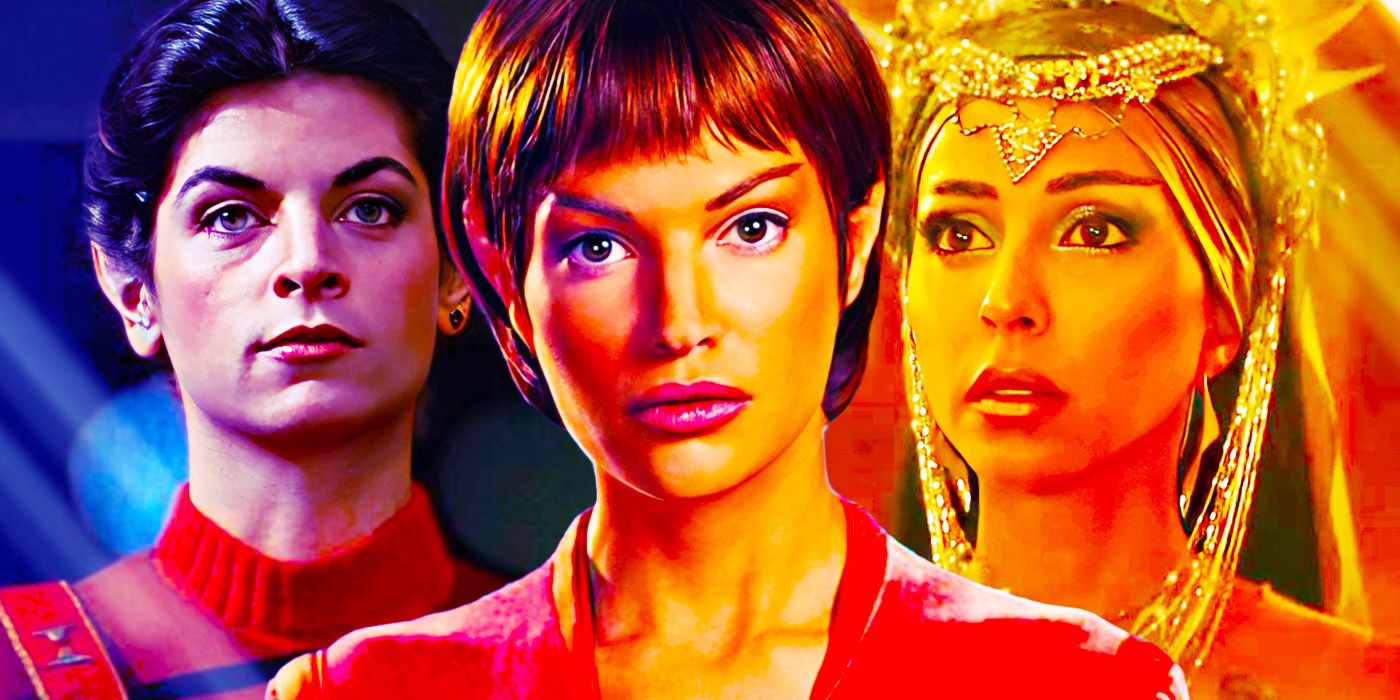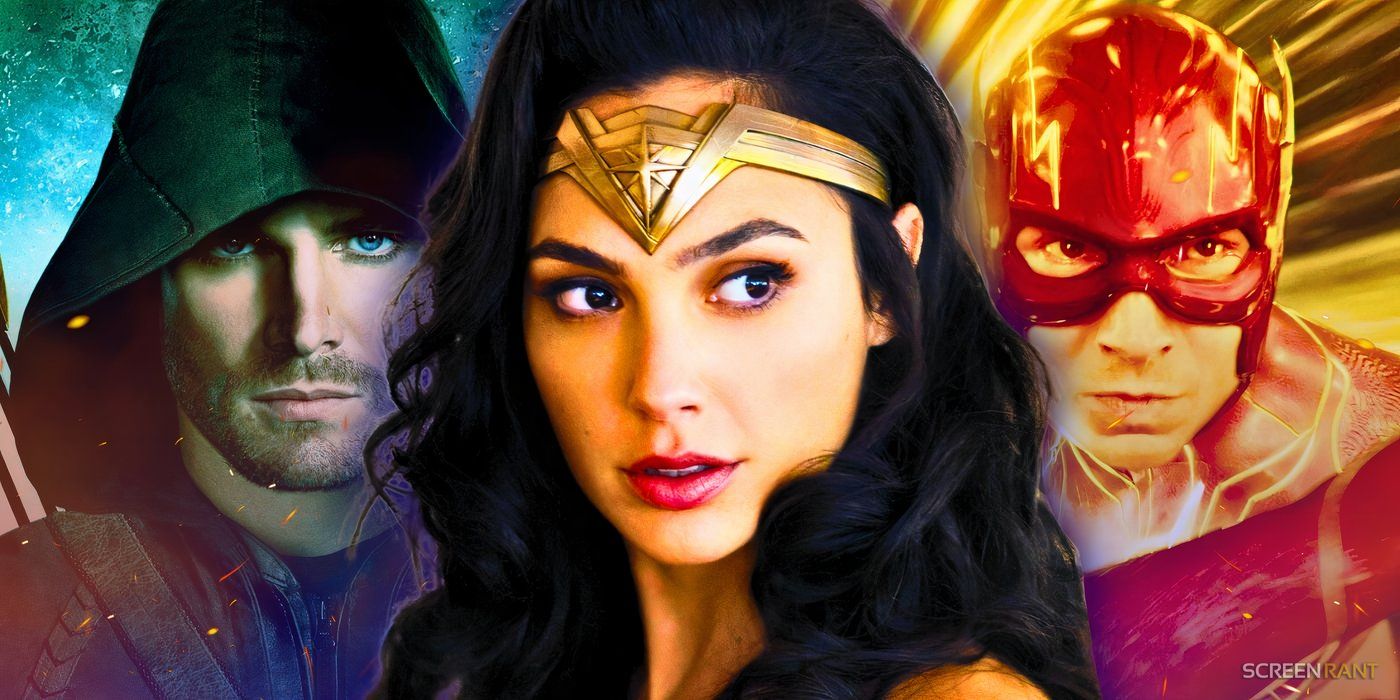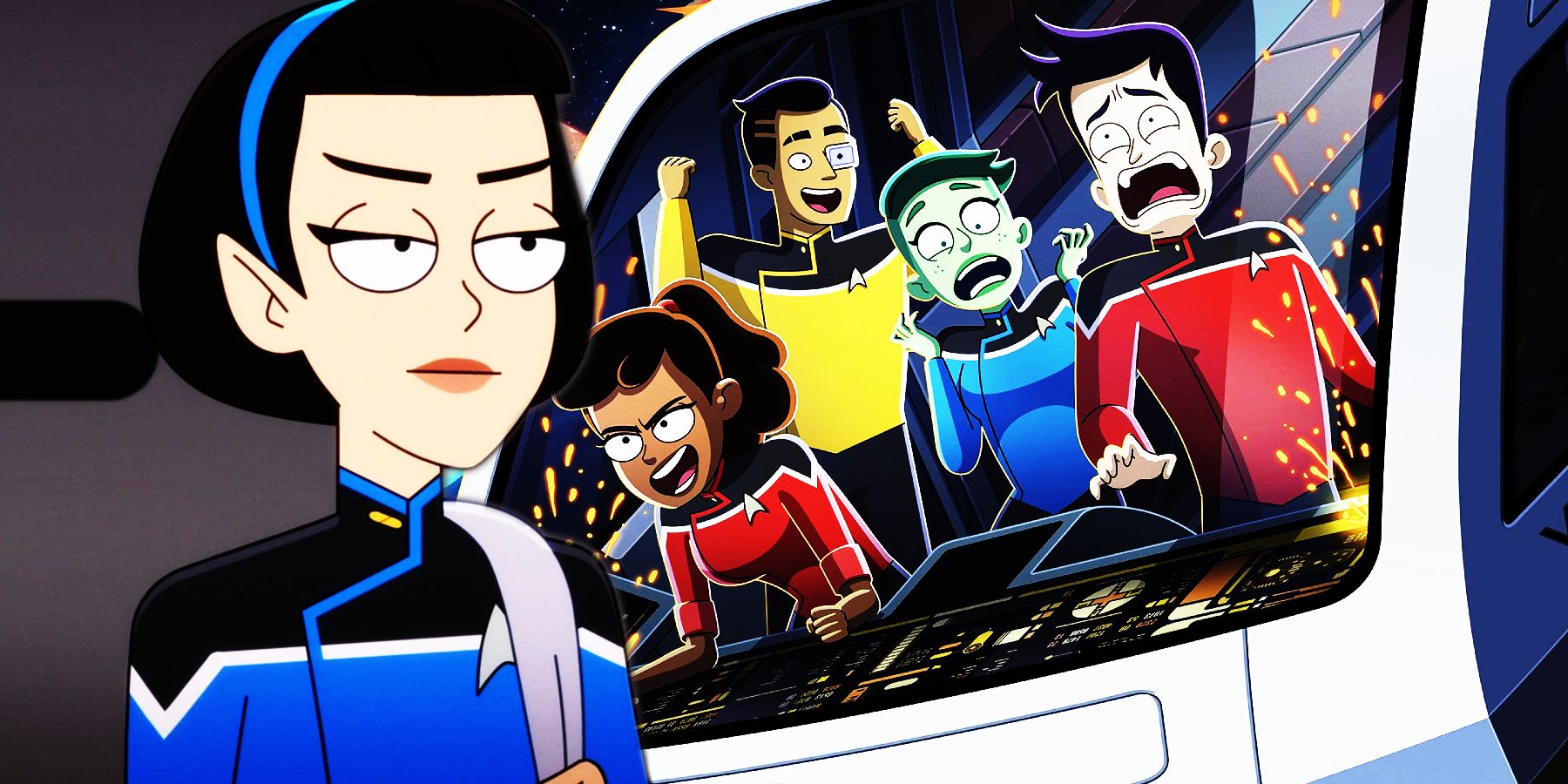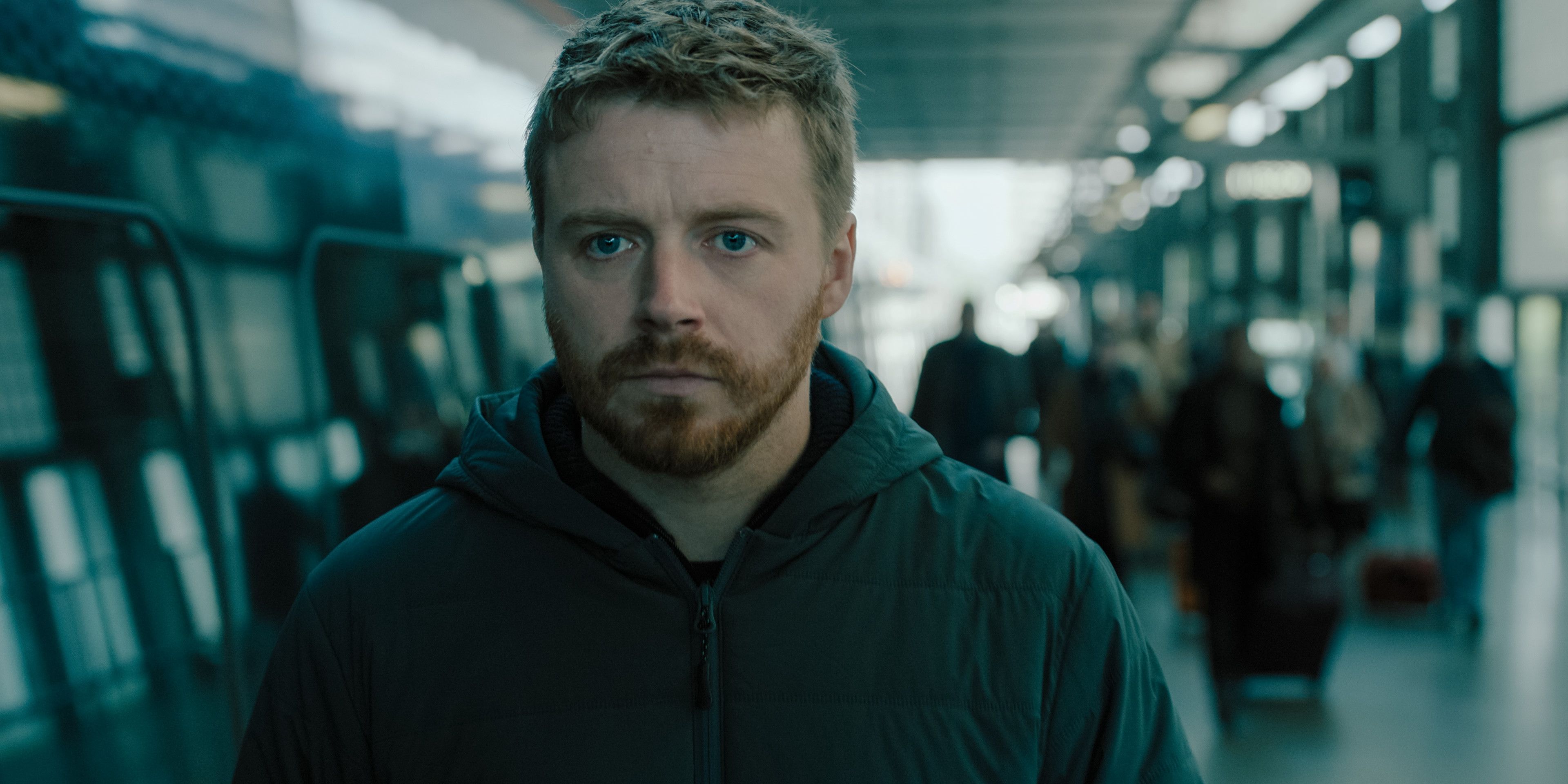With the recent success of The Invisible Man, folks have Universal Monster Mania. These classic monsters have entertained generations of audiences since their premieres in the early 20th century. Taking inspiration from classic literature and German film movements, the films were instantly iconic.
While they have been around for nearly a century, there are still things to learn about them. As film fans, many of us should preserve these fantastic films and their colorful histories. Looking at some of the biggest films from the era, here are 10 things you didn’t know about the Universal Monster Movies.
The Hunchback Of Notre Dame And Intercom Technology
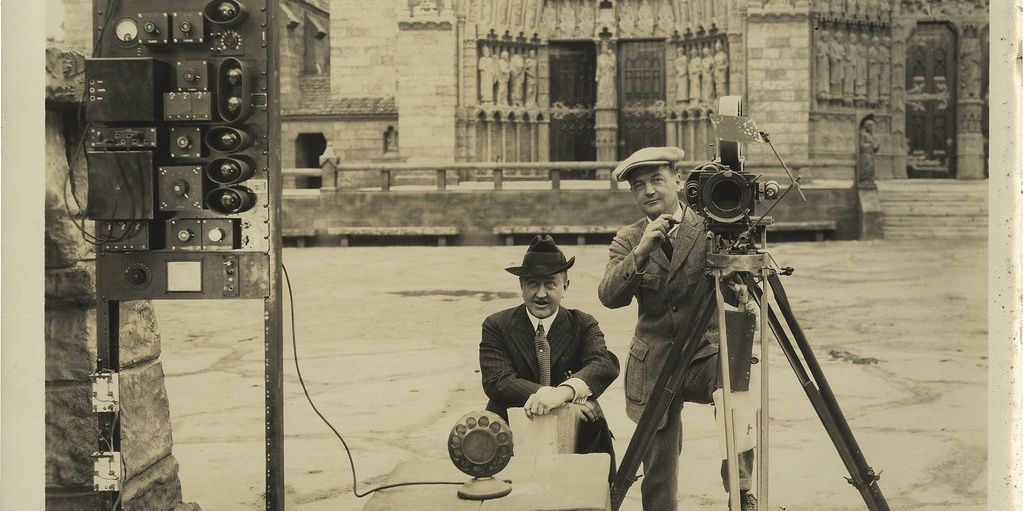
The film that really started the monster craze was the original production of The Hunchback of Notre Dame in 1923. This film starred Lon Chaney as the titular monster, a misunderstood being who was mocked and brought down by the society he craved to surround himself with.
This film was revolutionary in many ways, especially considering its use of makeup and costuming for Chaney’s version of the Hunchback. But it is its use of intercom technology that really marks its legacy. This first-time use of the technology allowed the director and his assistants to speak from afar and is used on film sets to this day.
The Phantom Of The Opera’s Bed

The 1925 version of The Phantom Of The Opera saw Lon Chaney return to Universal to portray the villainous phantom. Living in the underbelly of Paris, the Phantom still had a taste for the finer things (he lived underneath an opera house, what more could you expect).
The bed used in his chambers was an elegant boat-shaped frame. A unique look, the bed was used on more than just this Hollywood production. Used in multiple other films afterward, the boat-shaped bed might best be remembered as also being featured in the iconic Sunset Boulevard.
The Spanish Dracula
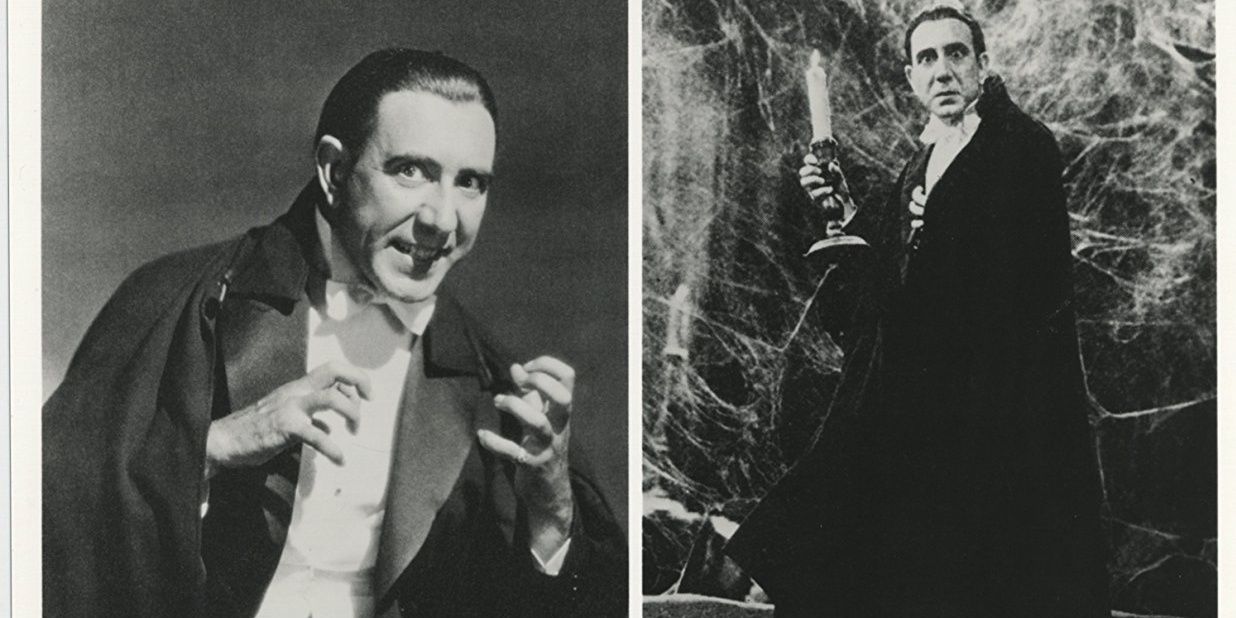
One of the first of the monster films to feature an audio track, Dracula is one of the most iconic horror films period. Its perfect casting of Bela Lugosi as the famed undead count has been the template for Hollywood vampires since its inception. There are few adaptations of Bram Stoker’s novel quite as iconic as this.
That being said, there is a whole other film that is near identical to this one. At the time of production, Universal commissioned a Spanish language of the film to be shot alongside the English one. Utilizing the same sets, the Spanish language version cast whole new players into the iconic roles.
The Invisible Man Always Gets In For Free
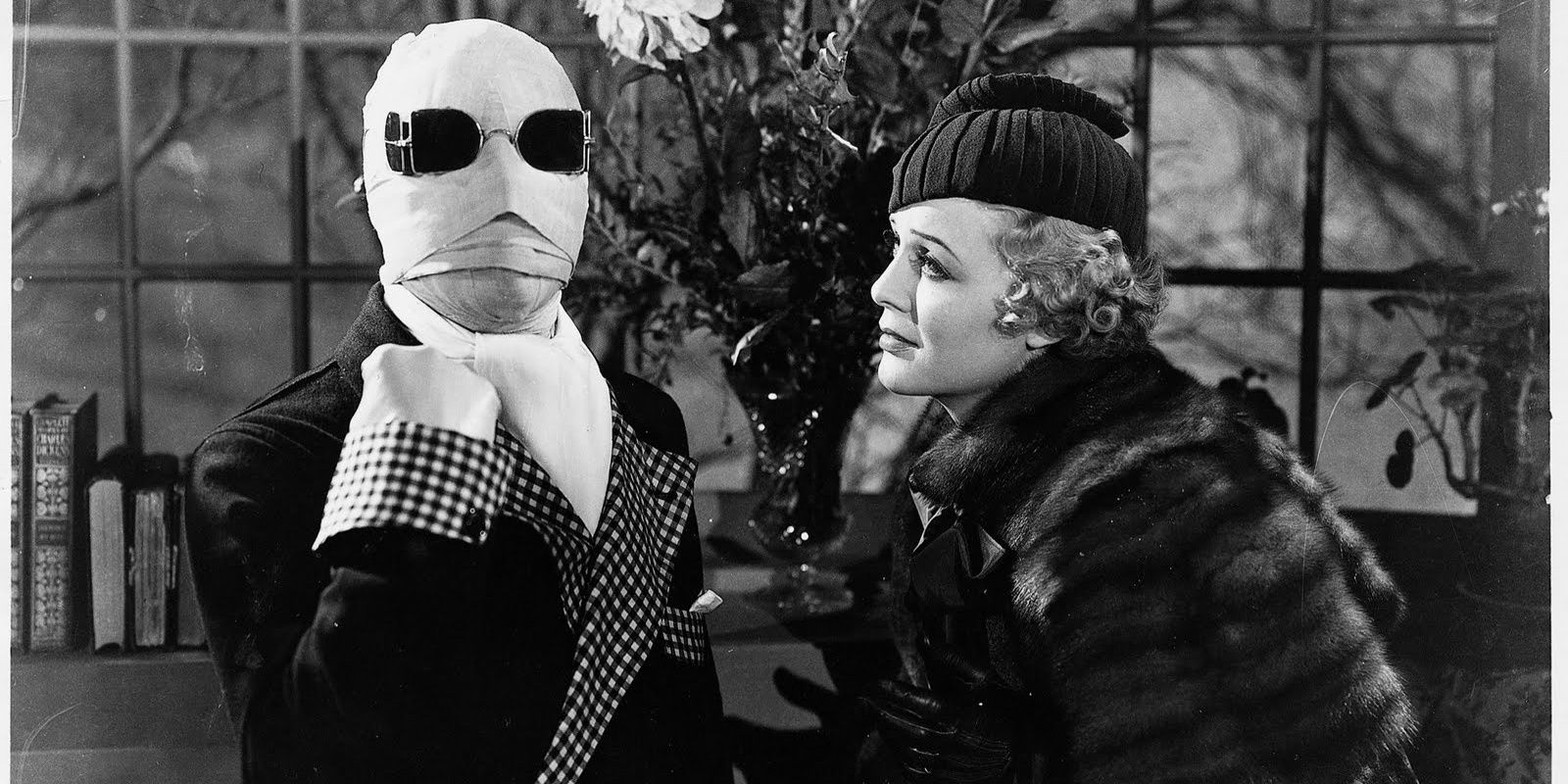
The Universal Monster movies had some of the best casting of any classic Hollywood films. Pairing their monstrous characters with the perfect actors, these films became immortal. Claude Rains as the Invisible Man, for example, remains a perfect pairing.
It was so iconic, in fact, that it would provide Rains with some unforeseen perks. When he and his daughter when to see a re-release of the film on a bitterly cold winter day, Rains approached the box office, covered by a hat and scarf, and requested two tickets. His voice was instantly recognized, and the theater offered him free admission (something he completely disapproved of).
Frankenstein Wasn’t Invited To His Own Premiere
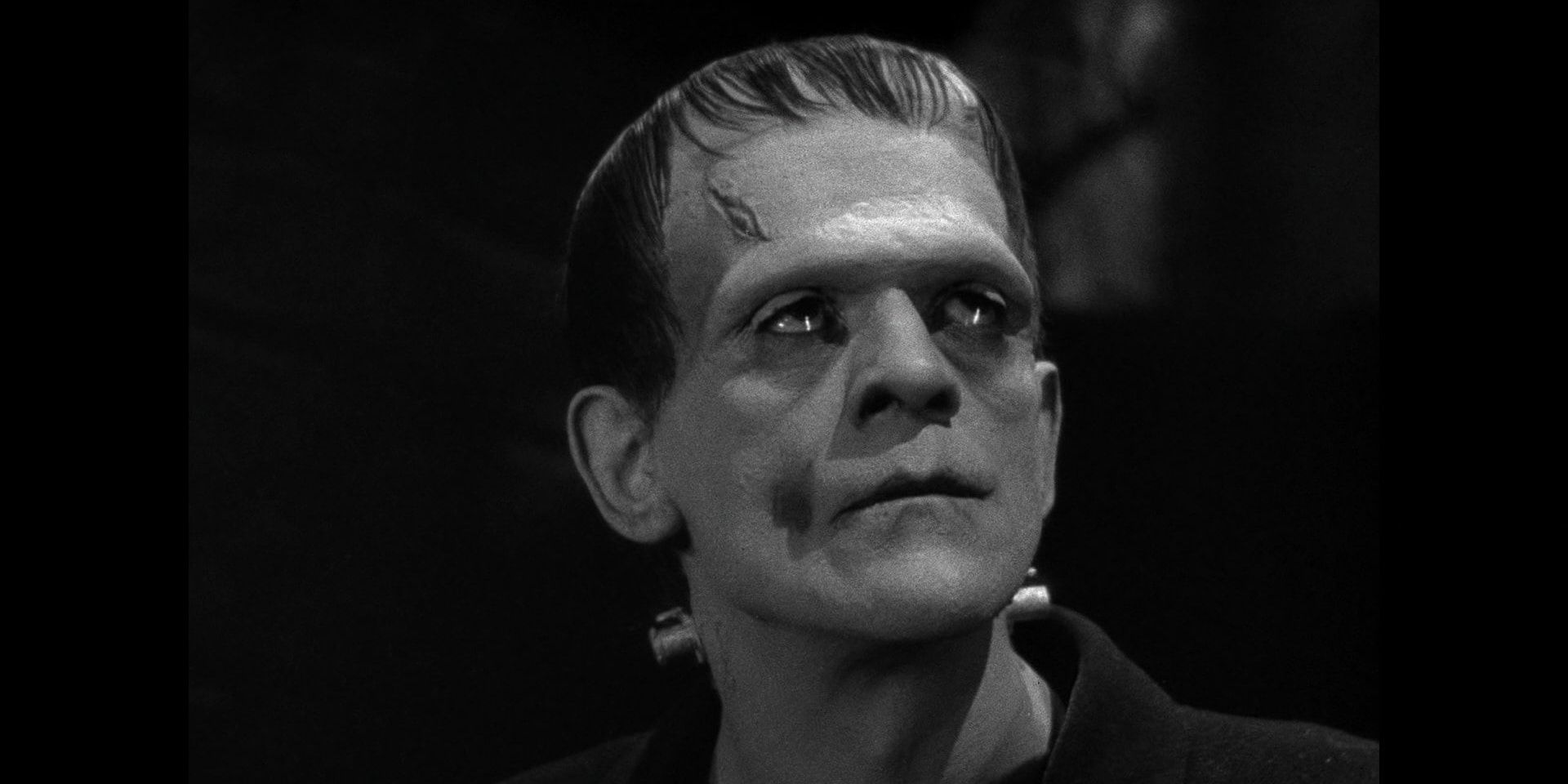
It is hard to hear the name Frankenstein without thinking immediately of Boris Karloff. This icon of Horror Cinema found his start in the business playing the iconic monster of Universal’s franchise. This big break would land him roles for the rest of his life.
But at the time of the film’s release, the studio didn’t see Karloff as much more than a stuntman. He was so far down the list of VIPs, that Karloff wasn’t even invited to the film’s original premiere. Come the time of his second Universal film, The Mummy, all the Studio had to do to sell the film was feature his name on the poster.
The Mummy’s Useless Makeup

This franchise is remembered greatly for its contribution to the world of special effects makeup. Leading the charge was Jack Pierce, who crafted some of the most iconic makeup designs for these films, from Frankenstein to the Wolf Man. One of his more beloved designs also included Karloff’s The Mummy.
That being said, the undead version of the character’s makeup was nothing more than an absolute waste of time. Karloff only appears in the makeup in a single shot, slowly opening his eyes. The rest of the time, the bandaged creature was played by a dummy, or was only shot from the knees down.
The Bride Of Frankenstein And The Sitting Doctor
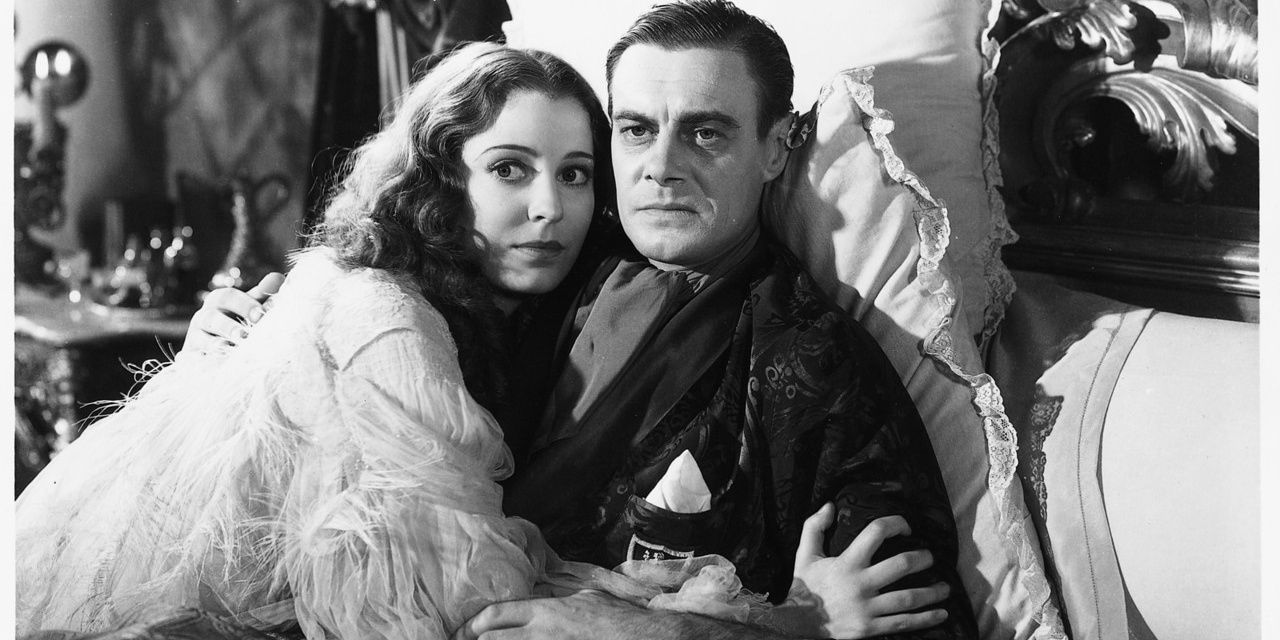
The Bride Of Frankenstein is probably the most successful sequel to any of the Universal Monster Movies, at least in terms of critical reception. The Film builds and improves on the original, exploring more complicated themes and embracing a stranger but more sophisticated tone.
Colin Clive returns to the role of Dr. Frankentstein in the film, serving as one of the his last performances before his death. If you notice, he is often seen sitting or lying down throughout the film. This is due to the fact that soon before filming, Clive broke his leg in a horse-riding accident.
The Wolf Man’s Parental Connection

The Wolf Man brought together quite a cast together that stemmed throughout the entire Universal Monster’s Legacy. Claude Rains returned to play Sir John Talbot, and Bela Lugosi made a small appearance as well. Perhaps the biggest connection though was Lon Chaney Jr. following in the footsteps of his father as the Wolf Man.
In a small homage to his father’s work in the Monster movies, Lon Chaney Jr’s film utilized some of the same sets from The Hunchback of Notre Dame. In the film, Larry and his father attend church one Sunday and are seen walking up the steps to the village church. These cathedral steps were part of the original Notre Dame set.
Frankenstein Meets The Wolf Man Was A Product Of Its Time
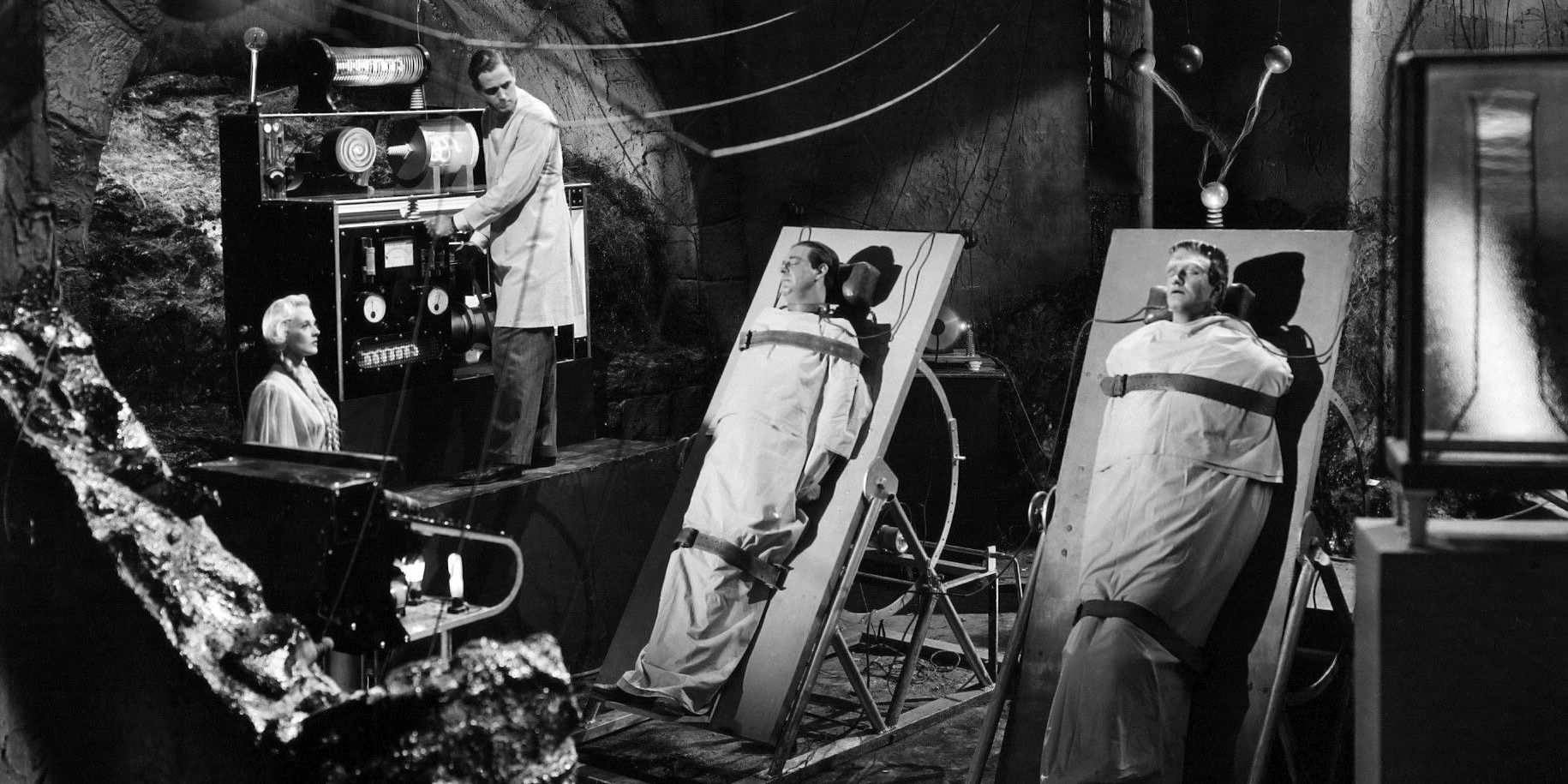
Perhaps the first Cinematic Universe to come out of Hollywood was this classic monster universe. The first meet up of these monsters began with the classic Frankentstein Meets The Wolfman. The title says it all, with both monsters meeting up in a climactic fight.
The movie was filmed during WWII, during a time where Hollywood adhered to strict rules of anti-German propaganda. To support this, the screenwriter Curt Siodmak changed the location of Frankenstein’s castle from Germany to a fictional nation of Vasaria, which translates loosely to “water place”, referencing the waterfall outside.
Creature(s) From The Black Lagoon
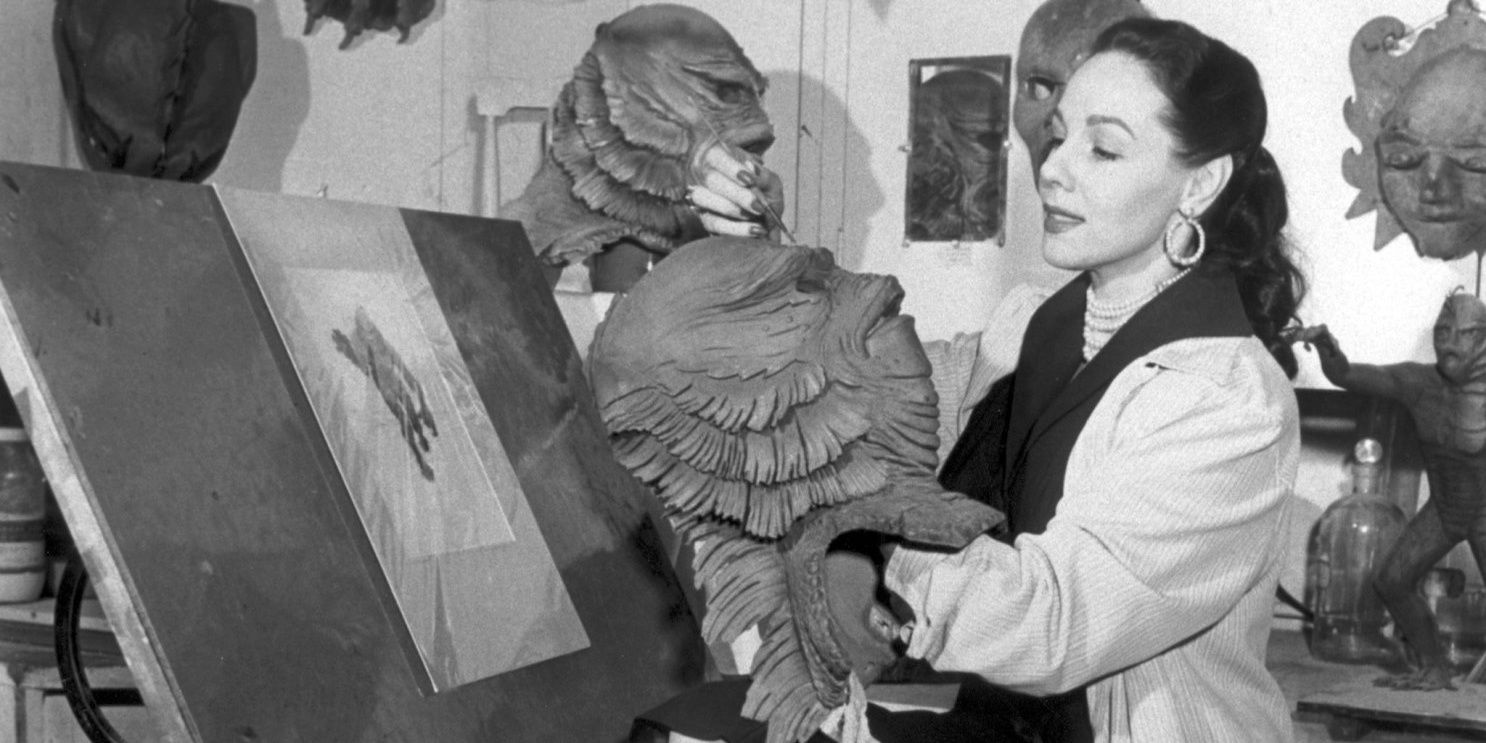
Often regarded as the final addition to the original era of the Universal Monsters, Creature From The Black Lagoon stands as a bridge between the world of gothic horror and sci-fi storytelling. The aquatic monster has inspired many makeup artists and filmmakers in terms of design.
The classic makeup was actually crated into two separate suits for the film, each performed by two different stuntmen. The first was a lighter colored suit for the underwater sequences, to highlight the monsters against the darkness of the water. The other was for dry land scenes and was painted far darker.
